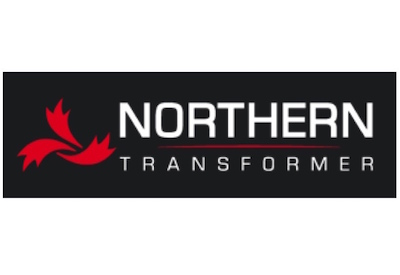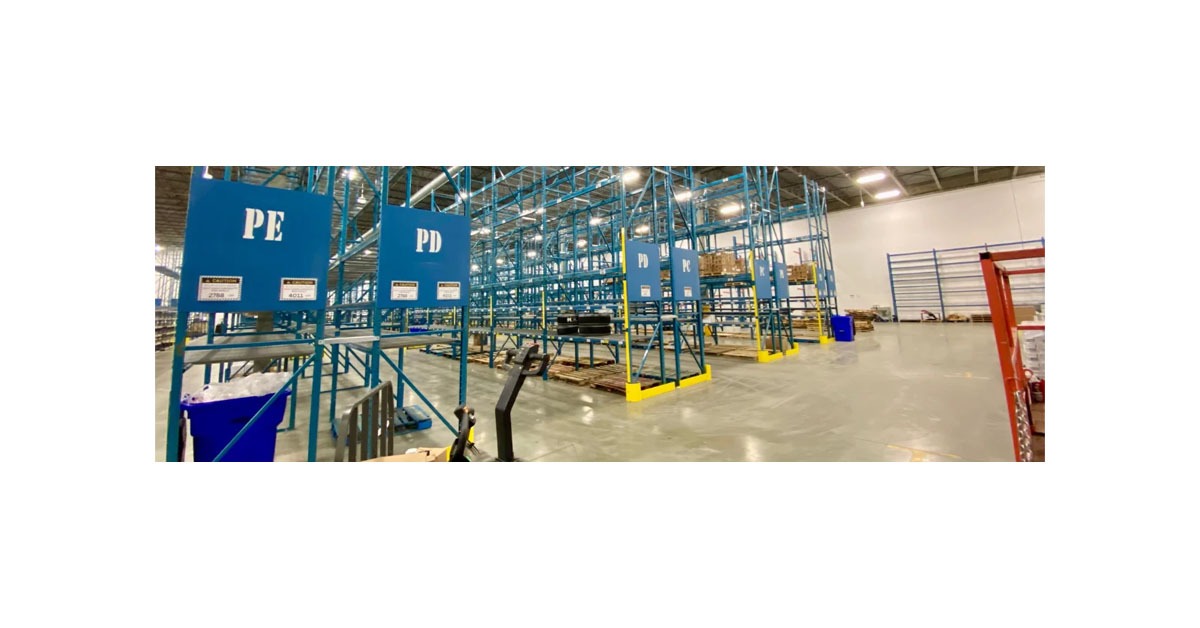The Benefits of Studying Business History

January 16, 2018
By Rick McCarten
“Those who cannot remember the past are condemned to repeat it.” This quote from George Santayana usually refers to countries and nations, but now that corporations have been around for over 100 years, they too have acquired a wealth of business history. Those of us working for corporations, as Santayana said, are bound to repeat the past if we do not study and learn from it.
Knowing history, we can apply past trends and patterns to understand the present. It is those shapes and patterns that can relate back to comparative solutions.
The latest change impacting our world of business is online purchasing. Amazon is threatening all forms of retailers across North America. The Economist recently reported that the North American retail market had lost 190,000 employees, compared to the warehousing/computing sector, which was up 400,000 employees. Retail shopping centres are turning to gyms and office to fill their space.
These numbers tend to make people panic. Almost 20 years ago, I attended a seminar on website development. The instructor began the session by stating that if people didn’t have a website by the end of that year, they would be out of business. She was trying to get our attention by addressing the need to be current, but 20 years later, I am still doing business with companies and I have never been on their website. Now, I do think everyone should have a website. I just think it took a lot longer to implement than the 6-month period she was advocating. No need for panic, just move at a similar pace as your customers.
Today, we are dealing with the fear that Amazon will force businesses to lower prices and steal customers. After all, how can we compete with a giant that spends billions on computer technology and has patented one touch?
Herein lies the history lesson that builds a pattern. Prior to 1966, all manufacturers in the U.S. would dictate the price of their product to the distributor and retailer. If you chose to not sell at that price, the manufacturer would stop selling to you. The concept was that price was an indicator of quality, and therefore should be in the hands of the manufacturer. Sam Walton and others took manufacturers to court, and the U.S. Supreme Court said that resellers could charge whatever that wanted on an item that they purchased.
Mr. Walton saw a huge opportunity to purchase brand names and sell them at discount prices. All he needed to do was establish a process that provided greater inventory turns (i.e., 6 turns @ 20 % margin is the same as 3 turns @ 40% margin = 120). He chose small towns so he could keep Kmart and Woolco out, and where his only competition would be the small 40%-and-up margin guys. Walmart coming into your town would be very much like Amazon coming into your market territory.
This is the pattern: when Walmart came to a town, all businesses — big or small — had to react. Some reacted by lowering their prices. When a store selling television sets at 40% margin lowers to 20%, they cut their working capital by 50%. Cutting your expenses by half would be near impossible, but add to the fact that your new competition can afford to go even lower and will take a big bite out of your sales regardless of your price. Going toe-to-toe on price with Walmart put you out of business faster than I can type bankruptcy.
On the other hand, if you “competed by not competing,” you could survive and prosper. If Walmart sold 20-inch television sets, you then developed a store that only sold TVs. You sold 30-inch sets with surround sound, delivered right to customer’s door, with free set-up, and extended 2- to 3-year service contracts. You kept track of your customer, asked how it was working after installation, and invited them down to see the latest colour or flat screen technology when it first hit the store. You had someone in the store who knew what they were talking about, could repair the product, and made financing available.
Walmart continued to grow. It defeated the small-town stores on price and later took on nationals like Kmart and Woolco, burying them too. All of them tried to go toe-to-toe, but look at all the companies that grew at the same time, Many are still hear today, bigger and better than they ever were.
Rick McCarten is VP, Operations, Electro-Federation Canada.











